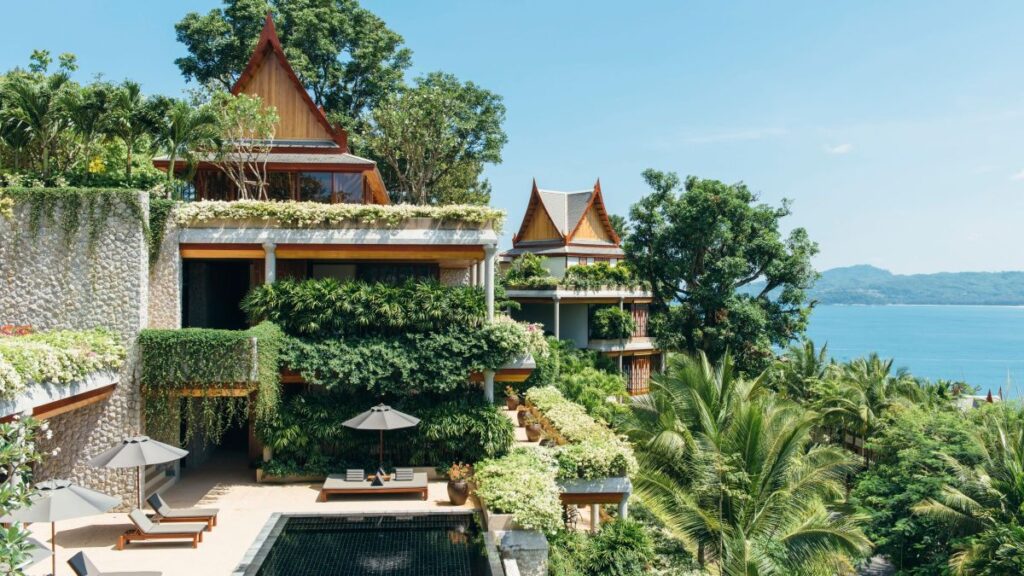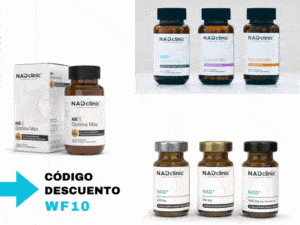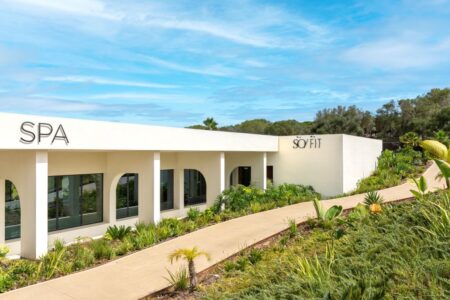The luxury tourism market is undergoing a profound transformation driven by shifting centres of global wealth and the emergence of new generations of consumers with very different expectations to their predecessors.
The architecture and design firm WATG, through its research division, has published the report Evolving Wealth: A New Paradigm for Luxury Travelwhich analyses how these factors are reshaping the global map of luxury demand.
The United States and China remain the main drivers of luxury tourism, but new powers are emerging. In China, 80 % of the new affluent consumers are under 50 years old. India, meanwhile, will see its affluent class grow from 60 million to 100 million people by 2027, while the Gulf nations will see a 150 % increase by 2027. centimillionaires (equity over $100 million) by 2028.
Regions such as South East Asia and Africa are also attracting a new wave of affluent travellers.
According to WATG, the global value of luxury travel in 2024 will reach 219 billionThe total luxury market (including goods and services) is growing at an annual rate of over 1.5 per cent, surpassing pre-pandemic levels, driven by an increasing demand for bespoke and high-end experiences. The total luxury market (including goods and services) amounts to 1.54 billion.
A McKinsey study cited in the report shows that experiences are more valuable than possessions for younger generations: 52 % of Generation Z prioritise luxury experiences compared to 29 % of Gen Z, and the report shows that the majority of Generation Z members prioritise luxury experiences over possessions. baby boomers.
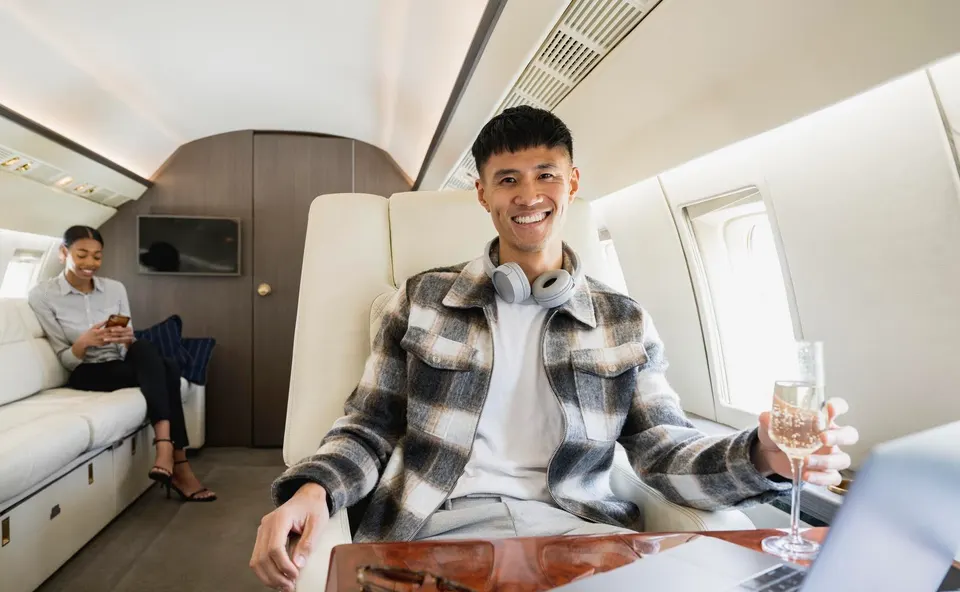
Demographic trends: from bleisure to transformative tourism
WATG stresses that the one-size-fits-all model of hospitality no longer works. The intergenerational transfer of wealth in the US - estimated at $84 trillion - is accelerating the purchasing power of the US economy. Gen X, Millennials and Gen Z.
- Millennials are leading the trend bleisure (a mix of business and leisure travel), increasing demand for long-stay accommodation suited to remote working and relaxation.
- Generation Z seeks immersive and transformative experiences that break away from traditional luxury, such as underwater expeditions or trekking at extreme altitudes. They are also drivers of digital nomadismalternating stays in global cities such as Miami, Dubai and Singapore.
- The sustainability is a key factor: 38 % of luxury travellers are willing to pay between 30 % and 50 % more for environmentally friendly options.
Four luxury consumer profiles
WATG classifies affluent travellers into four segments:
- Luxury aspirants / mass affluent class
Wealth between $100,000 and $1 million. They represent 35 % of the luxury travel market. They seek premium experiences, often backed by recognised brands, while maintaining value consciousness. - Millionaires with a discreet profile (Millionaires next-door)
Wealth from 1 to 5 million dollars. They lead a frugal lifestyle, prioritising quality and durability, and opt for luxurious but discreet experiences. - High Net Worth Individuals (HNWIs)
Wealth from $5 million to $30 million. They demand premium experiences and are trendsetters in key markets such as Asia, the Middle East and North America. - Ultra High Net Worth Individuals (UHNWIs)
Wealth in excess of $30 million. Less than 1 % of the world's population, but with a disproportionate impact on the luxury market. Seeking extreme privacy, exclusivity and personalisation at the highest level.
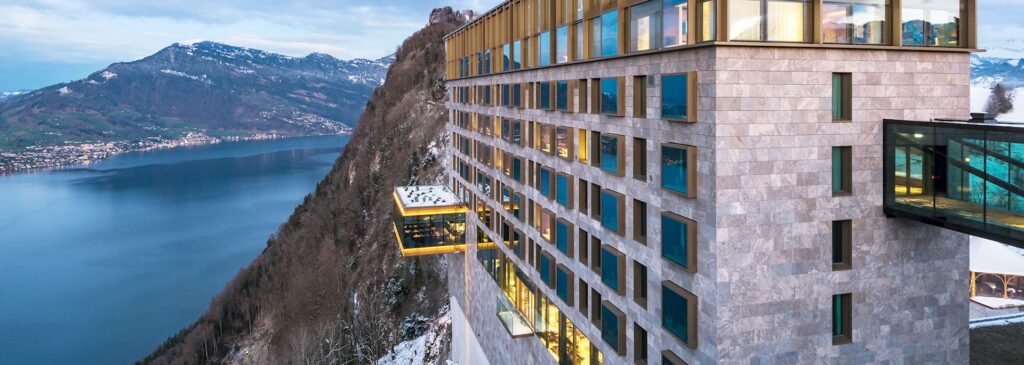
The number of luxury hotel rooms worldwide could rise from 1.6 million in 2023 to 1.9 million in 2030, according to CoStar. Prices for luxury suites have increased by 9.2 % globally, with HNWIs in the Asia-Pacific region spending the most on five-star hotels.
The key for hotel brands will be to design hyper-personalised, sustainable and immersive experiences that combine cultural authenticity with the comfort and high-level service that characterise the segment.
The convergence of luxury and wellness: the new driver of high-end tourism
These global trends find a natural ally in the health and wellness tourisma sector that already has a turnover of more than 900 billion annually according to the Global Wellness Instituteand which is expected to grow at a faster rate than overall tourism.
In the luxury segment, wellness has become a key differentiating element, evolving from simple spas or massages to comprehensive longevity programmes, preventive medicine, biohacking and transformative experiences.
From traditional spas to longevity centres
Luxury hotels and resorts are incorporating wellness hubs that make up:
- Functional medicine and high-level medical check-ups.
- Advanced recovery therapies such as cryotherapy, hyperbaric oxygen therapy or photobiomodulation.
- Programmes of mindfulnesstherapeutic fasting and digital detox retreats.
- Catering based on anti-inflammatory nutrition and functional gourmet cuisine.
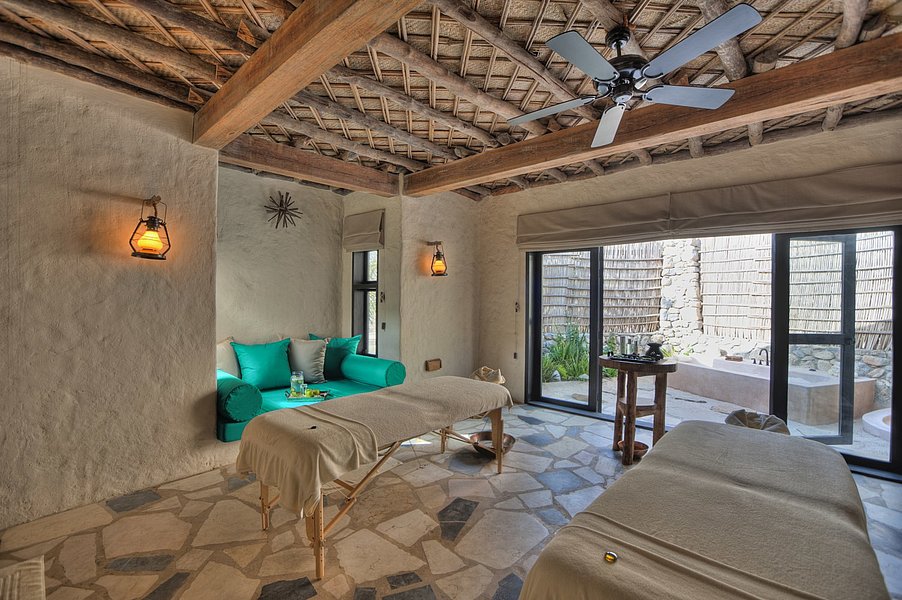
New motivations of the luxury wellness traveller
The young generations with high purchasing power are no longer just looking for relaxation, but also for optimise your health and prolong your vitality while they travel. The luxury experience is now defined as much by the environment as by the personal transformation the guest experiences.
This translates into:
- Active wellness travelHiking in remote environments, yoga in the wilderness, luxury cycling routes with technical support.
- Cultural immersive wellnesslearning about local practices such as Ayurvedic medicine in India or the onsen Japanese.
- Withdrawal and total disconnectionoff-grid destinations offering extreme privacy, reconnection with nature and high comfort services.
The fusion of luxury and wellness is giving rise to a new standard of hospitality: "regenerative hospitalitywhere travellers not only take care of themselves, but also take care of the place they visit by participating in conservation or sustainability projects.
Brands such as Six Senses, Aman and Rosewood are already capitalising on this trend with properties that integrate wellness experiences into the resort DNA. And according to WATG, this convergence is not a fad, but a response to a profound cultural shift: luxury is no longer measured only in square metres or Egyptian cotton thread, but rather in healthy life years and quality of life experiences.
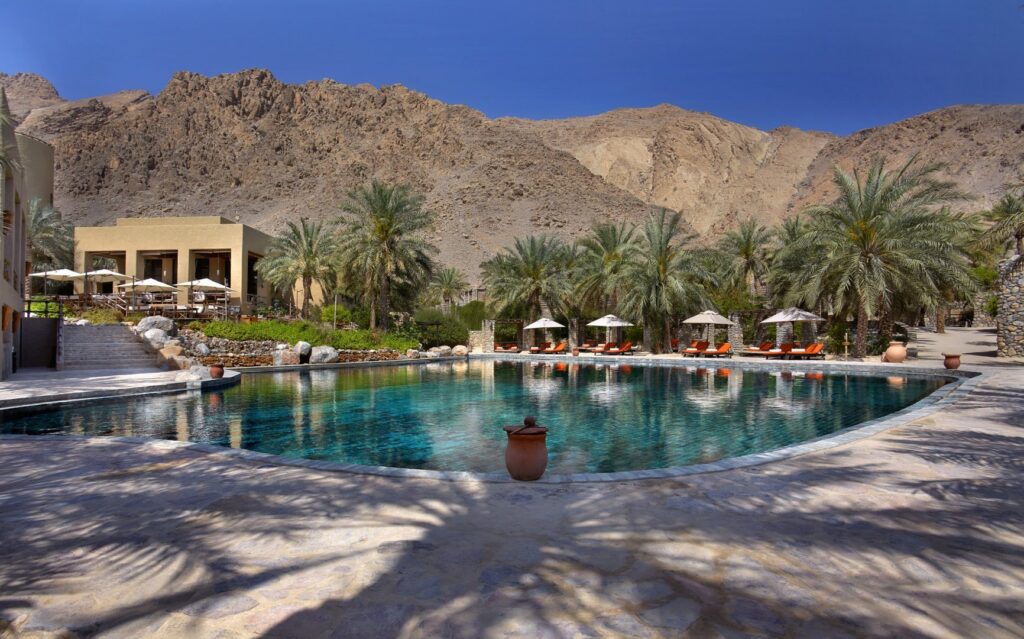
Destinations that fuse luxury, wellness and sustainability
The intersection between luxury tourism and wellness is not only a trend, but a strategy that has already been consolidated in some of the world's most exclusive destinations. These are examples that lead the way:
- Amanpuri (Phuket, Thailand)
Considered one of the pioneers in integrating luxury and wellness, it offers longevity programmes including genetic analysis, detox therapies, guided meditation sessions and personalised fitness training, all in private villas with butler service. Sustainability is integrated through solar energy, use of local materials and marine conservation programmes. - Six Senses Zighy Bay (Oman)
Nestled between the sea and the mountains, this resort combines ultra-exclusive accommodation with wellness programmes ranging from supervised intermittent fasting to sleep therapy. The regenerative approach includes in-house organic gardens and guest participation in local community projects. - SHA Wellness Clinic (Alicante, Spain)
A global benchmark in health tourism, it offers personalised medical plans that combine therapeutic nutrition, regenerative medicine, advanced physiotherapy and anti-stress programmes. Its conscious luxury model prioritises energy saving, bioclimatic architecture and local organic gastronomy. - Bürgenstock Resort (Switzerland)
This historic resort has been reinvented as a high-end wellness destination, with a 10,000 m² spa, cryotherapy, alpine hydrotherapy circuits and high-altitude fitness programmes. It also applies a "zero plastics" model and promotes electric mobility for guests. - Rosewood Mayakoba (Riviera Maya, Mexico)
Surrounded by mangroves and canals, it offers spa treatments inspired by Mayan rituals, healthy cuisine with local ingredients and experiences connecting with nature. Its Rainforest Alliance certification guarantees sustainable practices in resource management and ecosystem preservation.
